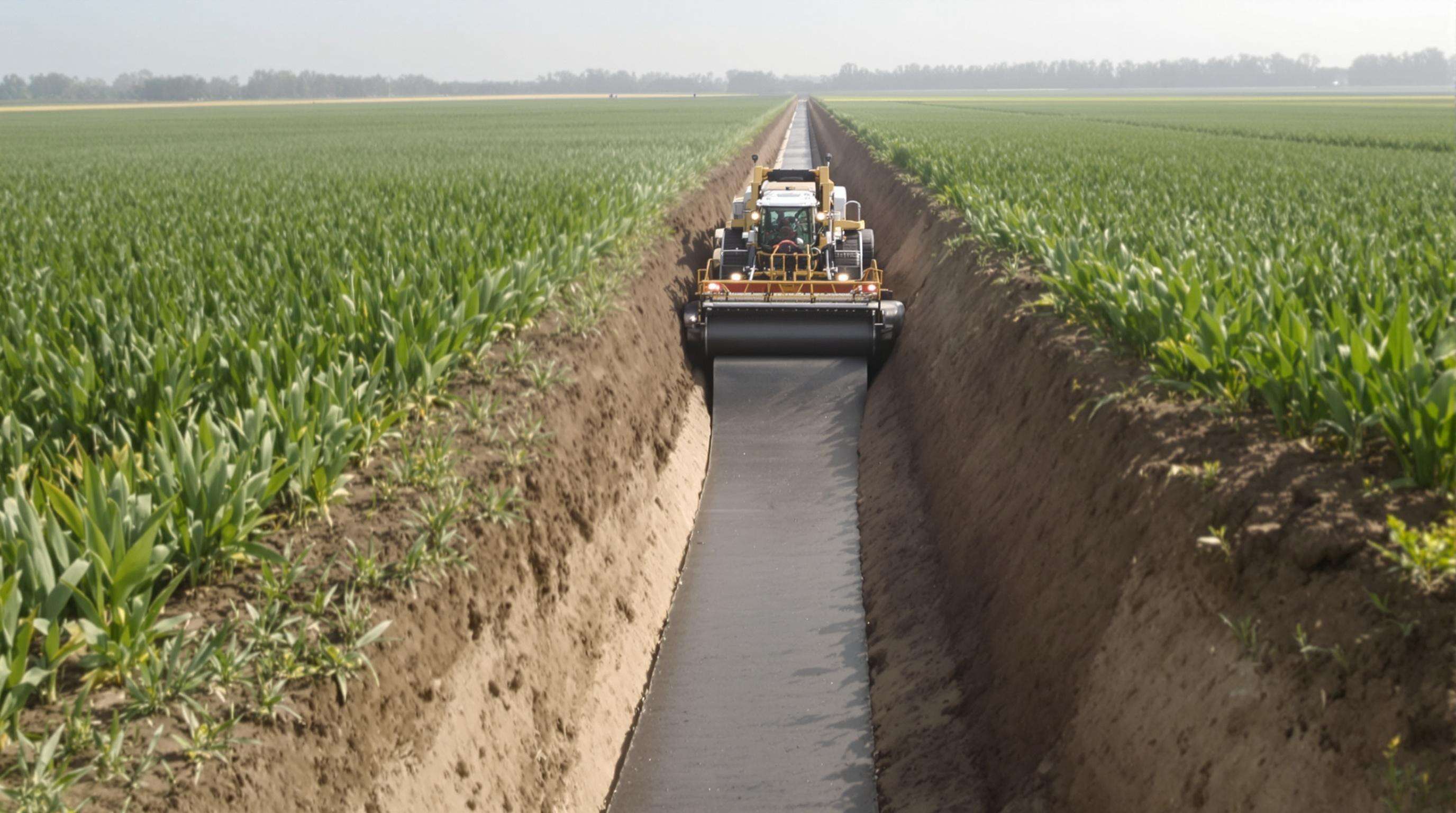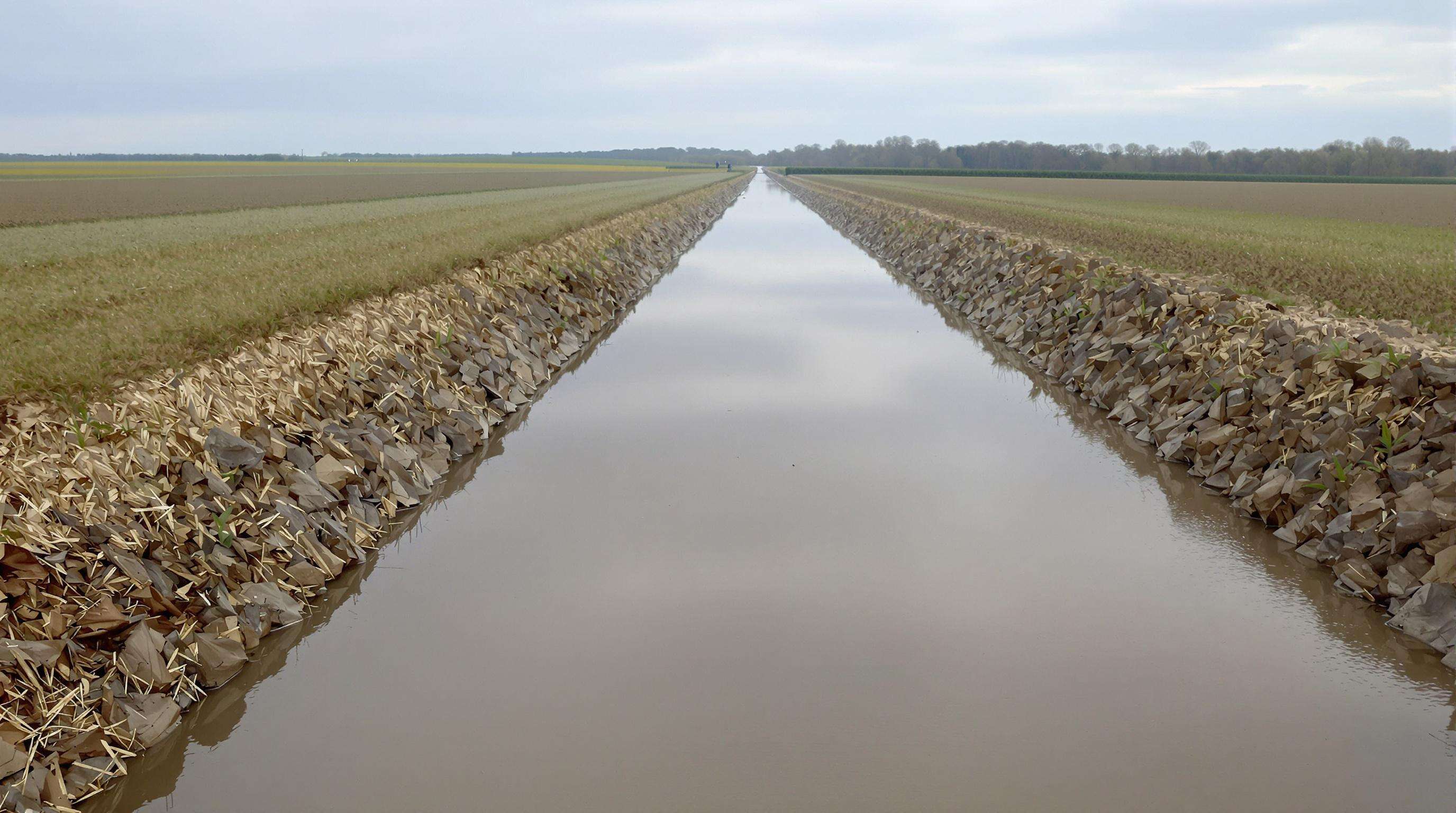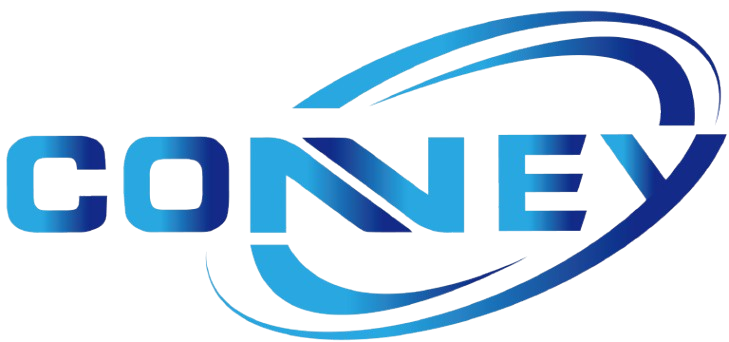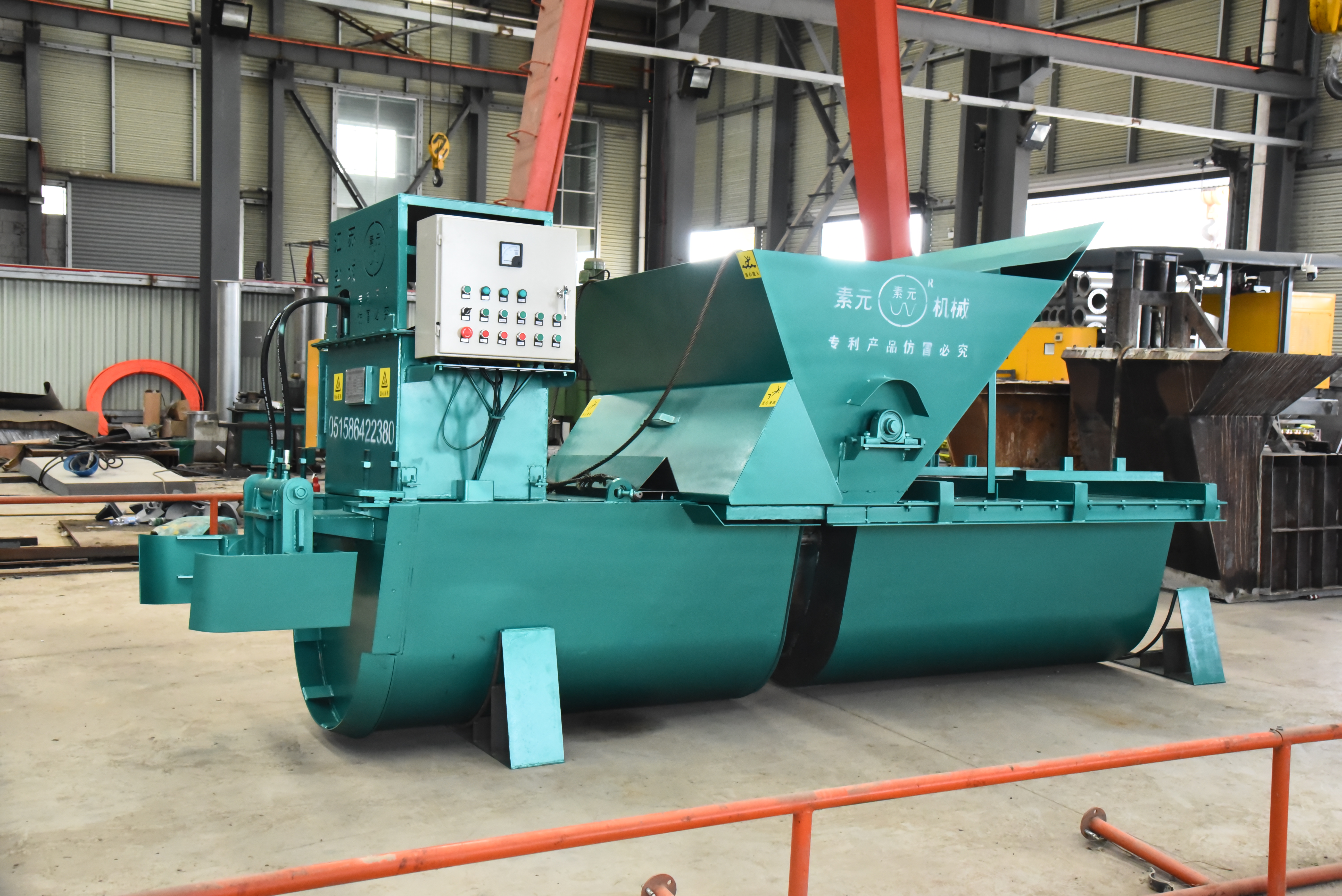Ditch Lining Machines in Agricultural Water Management

Preventing Soil Erosion in Crop Fields
Silage pit liners insert impermeable barriers in ditches where water runs to prevent erosion of topsoil. These barriers resist high water velocities during heavy rainfall and reduce erosion from 10 to 95% of that associated with unlined ditches (USDA 2023). Liners anchor soil particles to prevent the erosion of productive soil and sedimentation into water bodies, thus maintaining field productivity and protecting aquatic habitats. With appropriately lined agricultural ditches, the frequency of maintenance dredging can be cut by 60–70% decreasing long-term operational costs.
Enhancing Irrigation System Efficiency
New ditch lining technologies ensure efficient water control minimizing seepage losses in irrigation systems. Impermeable geomembranes—typical in mechanized systems—decrease water loss 30–40% in porous soils and stretch drought insurance in arid climates. Increased flow velocity in lined canals reduces both stagnation and algae and decreased leakage saves the farmer an average of $12–18 per acre-foot in energy. The improved crop hydration uniformity does have a direct relationship with the efficiency increase.
Case Study: Midwest Corn Belt Implementation
A corn-producing region implemented ditch lining machines across 5,000 acres of drainage infrastructure. Post-installation data revealed significant outcomes:
- Soil erosion decreased by 85% after two growing seasons
- Irrigation water requirements dropped by 35%
- Crop yields increased by 12% due to optimized hydration Farmers reduced sediment cleanup labor by 200–250 annual hours, showcasing the productivity and conservation benefits of scaling lining technology.
Seasonal Maintenance Strategies
Proactive upkeep ensures year-round liner functionality:
- Spring: Clear winter sediment buildup to maintain hydraulic capacity
- Summer: Inspect for UV damage or root intrusion; patch minor breaches
- Fall: Remove harvest debris before leaf-fall periods
- Winter: Verify frost-heave resistance; reinforce high-stress joints Conduct biannual leakage tests to identify seepage points early, extending liner lifespan by 8–10 years while preserving 98% efficiency.
Types of Ditches Requiring Lining Machines
Grassed vs. Hard-Surface Drainage Channels
Grassed drainage channels use vegetation to stabilize soil and filter runoff, offering eco-friendly erosion control for mild slopes. These systems work best in low-flow agricultural areas with seasonal rainfall below 30 inches annually (USDA 2023). However, they require frequent mowing and reseeding to prevent weed overgrowth and maintain hydraulic capacity.
Hard-surface liners like concrete or polymer geomembranes excel in high-velocity environments, reducing friction losses by up to 40% compared to grassed alternatives. These impermeable solutions prevent seepage in irrigation canals and industrial zones, though their installation costs average 2-3× higher than vegetative options.
Slope Gradient Considerations
Slopes greater than 15 percent require stabilizing liners to resist hydraulic head. Textured or concrete HDPE liner offers the 7-10 PSI hydraulic shear strength recommended for grades up to 25%, and cell-enforced grass systems can be used for more modest 3-8% slopes. A 2023 irrigation survey noted that each 5% increase in slope increases the potential for lining failures by 18% with non-reinforced products clearly highlighting the need for slope specific engineering.
Ditch Lining Machines in Modern Irrigation Systems

Water Conservation Benefits
MF2297 Modern ditch lining machines: Installing impermeable barriers that can reduce water loss by up to 35 percent in irrigation systems. HDPE liners prevents the water to penetrate through soil make the water reach directly to the crops and prevent accumulation of water around the crop. This improvement in efficiency helps farmers achieve the same yields using less water — a huge advantage in drought-prone areas. For instance, for lined channels in the Central Valley of California, the annual reduction in groundwater extraction is 12% with maintained production of almond orchards.
Preventing Canal Seepage Losses
Unlined canals lose 20–40% of transported water by seepage, leading to a loss of resources and undermining the stability of the works. Laying machines fit geomembranes or concrete layers to prevent seepage at depths and withstand rooting and erosion. These materials possess the advantage of consistent flow, avoiding waterlogging of neighbouring land due to excess water, and also increasing the life of the canal by 15–20 years. One 2023 USDA study discovered that lined irrigation ditches saved $18 per foot annually on maintenance costs compared with unlined ditches.
Automated Installation Trends
GPS-based lining machines are now used on large-volume projects, delivering sub-centimeter placement accuracy. Prefabricated liners with installed membrane are installed by automation 50% faster than manually, reducing labor costs and the risk of installation errors. Our modular designs will enable rapid deployment in multiple ditch widths and slopes with a seal monitoring in real time. This transformation speeds up infrastructure improvements in time-restricted planting seasons, as some projects go through miles of trail in less than 8 hours.
Roadside Drainage Solutions with Lining Machines
Stormwater Management Applications
Lining machines are important for excavating and forming the roadside ditches designed to manage stormwater runoff effectively. Through the use of geomembranes (HDPE or PVC) or concrete liners, the systems develop smooth, erosion resistant channels on which rainwater runoff is accelerated away from roadways. This eliminates the flood, minimizes the danger of hydroplaning, and preserves the integrity of the pavement. In guiding this water back to nature, urban storm water ditches are often lined and connected to retention basin elements which remove pollutants as the water is returned to nature. A 2023 study of infrastructure found appropriately lined roadside drainage systems were associated with 32% less cost of flood related road repairs compared to unlined systems.
Preventing Roadbed Washouts
Stability of the roadbed is also determined by the ability of reducing water flow velocity in the vicinity of the pavement edges. Lining machines will line the ditch with materials such as reinforced geotextiles or articulated concrete blocks to protect ditch slopes from scouring during heavy rain events. They are especially important in clay soils where unlined ditches grow rapidly in sizes during heavy rains and can undermine road structures. Highway agencies report a 40% reduction in washout occurrences with the polymer modified asphalt liner in high-risk areas.
Municipal Maintenance Challenges
While they help in extending the life of your infrastructure, municipalities must weigh the upfront cost of installation versus the long term savings. Concrete liners need specialized crews for repairs, but can last 25 to 30 years and geosynthetic options need occasional sediment removal. And, in regions with limited budgets, machines are often designated primarily to line the critical corridors, leaving rural road with an increased potential for cyclical erosion damage.
Selecting Ditch Lining Equipment by Project Type
Soil Type Compatibility Analysis
In this context, the soil is controlling the performance of the liner. In soils rich in clays, with high consistency, flexible geomembranes such as HDPE are well-suited as they can conform to the movements of the underlying material, and remain impervious. If it is in a sandy soil, a geotextile-reinforced liner is placed within to prevent downstream erosion, as the loose particles can be transported away with the flow under hydraulic pressure. In the case of silty soils (20-40 % permeability index), a hybrid composite DSB system comprising bentonite clay layers material with synthetic membranes is most effective. Prior to material selection, always perform field permeability testing as variable layering of natural soil deposits can result in localized piping exposure.
Cost-Benefit Calculations
Concrete liners have a 30-50% greater initial cost than PVC liners, but over a 20-year service life, they lend themselves to lower long-term maintenance costs (Ponemon 2021). For short-term agriculture (20 years ¥ How does duration of disposal affect cover cost?ǃWoven polypropylene liners: Recent prices: ǃ$0.85/squareǃfoot (Davis et al., 2004) Farm holding pond with low HMAC 10 County Liability... ft) brine tank with UV resistance About The Product Thick-walled, UV-resistant brine tank with smooth design Approximate weight: 31 lbs (14 kg) installed Soft cloth included with every unit Ship weight 78 lbs (35 kg). Account for labor costs: automated lining machines reduce installation time by 40% over manual methods, even though the rental cost is greater. Give preference to materials withǃ5% per year in your climate zone to prevent early replacements ruining your initial savings.
FAQ Section
What are the primary benefits of using ditch lining machines in agriculture?
Ditch lining machines help in preventing soil erosion, enhancing irrigation efficiency, reducing long-term maintenance costs, and conserving water by decreasing seepage losses.
Can these machines be effectively used in both mild and high-velocity environments?
Yes, lining machines can be adapted for grassed drainage channels in mild environments and hard-surface liners for high-velocity environments to control erosion and water loss.
What types of liners are typically installed by ditch lining machines?
Common liners include impermeable geomembranes, concrete layers, and structured geomembranes. Their selection depends on factors like soil type, slope gradient, and water velocity.
How do seasonal maintenance strategies affect liner longevity?
Regular seasonal maintenance, like sediment clearing and leak checks, ensures optimal performance and extends liner lifespan by 8–10 years.




